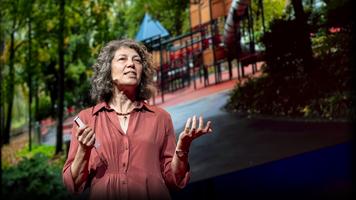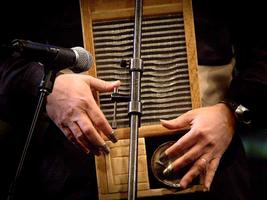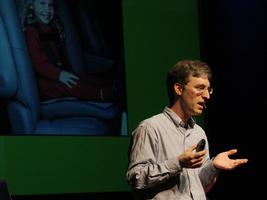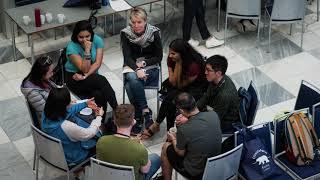Aaron Koblin: Visualizing ourselves ... with crowd-sourced data
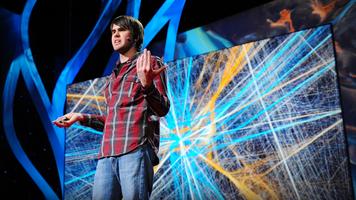
Artist Aaron Koblin takes vast amounts of data -- and at times vast numbers of people -- and weaves them into stunning visualizations. From elegant lines tracing airline flights to landscapes of cell phone data, from a Johnny Cash video assembled from crowd-sourced drawings to the "Wilderness Downtown" video that customizes for the user, his wor...
Sonia Livingstone: Parenting in the digital age
Claudia Miner: A new way to get every child ready for kindergarten
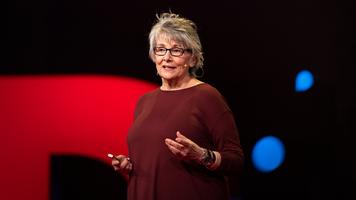
Early education is critical to children's success -- but millions of kids in the United States still don't have access to programs that prepare them to thrive in kindergarten and beyond. Enter the UPSTART Project, a plan to bring early learning into the homes of children in underserved communities, at no cost to families. Education innovator Cla...
Karen Bakker: Could an orca give a TED Talk?
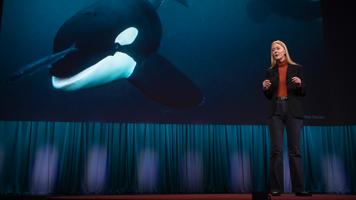
What if we could hear nature's ultrasonic communication -- and talk back? From a bat's shrill speech to a peacock's infrasound mating call, conservation technology researcher Karen Bakker takes us through a sound bath of animal noises that are far outside humanity's range of hearing, demonstrating how artificial intelligence has translated the i...
David Holt: The joyful tradition of mountain music
Steven Levitt: Surprising stats about child carseats
Daisy May: I dare you to act and not ignore

Nowadays, we can frequently hear news about the climate change and its consequences if we do not start changing our behavior and habits that have triggered it. Daisy May tells her journey of changing her mindset and reducing behavior that contributed negatively to the climate change, with, what she calls, a CJAD technique. With her talk, she wan...
Daisy May: It's time to think twice
Daisy Ma: My mind-shifting Arctic expedition and how it affects my community
M. Bernardine Dias: Robotics Innovation for the Underserved Starts with Listening
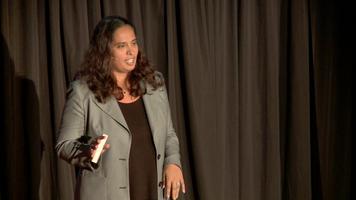
Top roboticist, Dr. M. Bernardine Dias shares her process for robotics innovation for underserved communities. With two tangible examples of work she and her team have done for blind students and elderly city residents, we find what she says is an irreplaceable part of the innovation process: listening. Start by listening to what she has to say.
周慕姿 Mu Tzu Chou: 「情緒勒索」如何產生並影響你我?| How to recognize and handle emotional blackmail

「學會面對你的痛苦與不安全感,並相信:對方不能滿足你,不是因為他不愛你,而是因為他有困難。他為你做的事,是他自己願意,而不是因為應該。那他為什麼願意?因為他愛你嘛。」-周慕姿(心理諮商師) 情緒勒索是一種「互動」的模式,不是一方索要一方而已,也要有人順從。勒索者知道自己在勉強對方,但並不覺得那是一種痛苦,因為過去他們也是這樣子犧牲忍耐來的。他們可能很沒安全感,以為對方沒有乖乖照做,就是不愛自己。跳脫情緒勒索的方式,就是要面對自己的痛苦與不安全感,並且學著去相信對方,相信愛。 「別人不能滿足你,不是因為不愛你,而是因為他有困難。他願意為你做的事,是因為他想,不是因為他應該,那他為什麼想?因為他愛你。我願意為你是因為我愛你,不是因為我怕你。」 ----- What is emoti...
